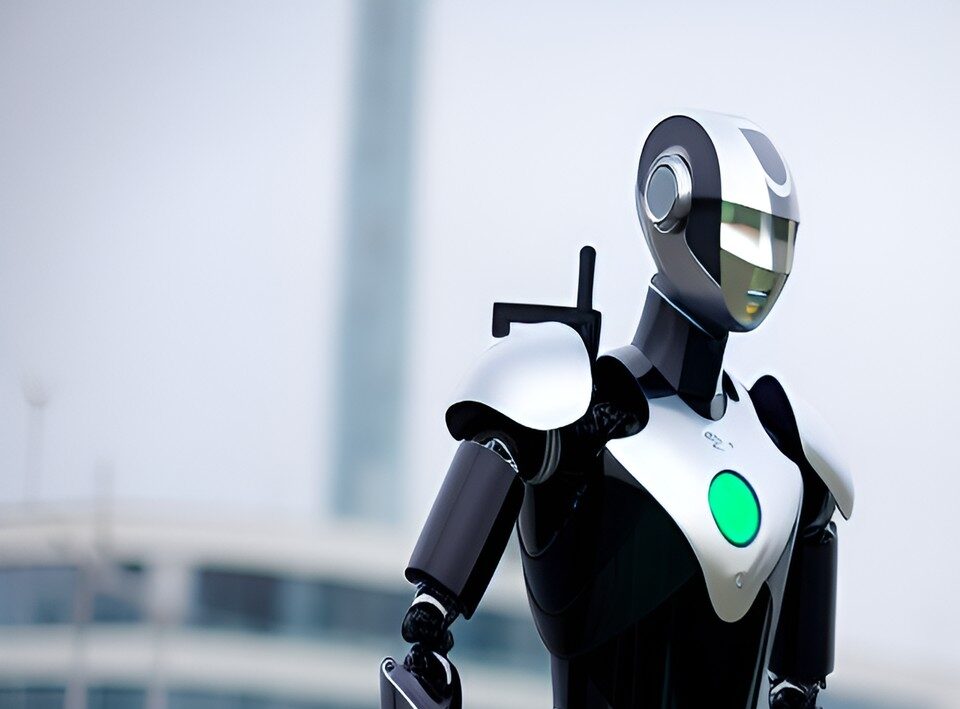Artificial intelligence (AI) and artificial general intelligence (AGI) are two terms that are often used interchangeably, but they refer to two different types of technology. While AI has been around for decades and is already being used in a variety of applications, AGI is still in its infancy, with the potential to revolutionize many industries. In this blog post, we’ll explore the key differences between AI and AGI.
Artificial Intelligence (AI)
AI is the simulation of human intelligence in machines that are programmed to perform tasks that normally require human intelligence. AI is typically trained on specific tasks or domains, such as image recognition, natural language processing, or game playing. It uses algorithms and statistical models to process data and make predictions or decisions.
AI is being used in a wide range of applications, including autonomous vehicles, chatbots, fraud detection, and recommendation systems. One of the key benefits of AI is that it can process large amounts of data much faster and more accurately than humans. It can also work around the clock, making it ideal for tasks that require continuous monitoring or processing.
AI has limitations, however. It is typically designed to perform specific tasks, and it may struggle to adapt to new tasks or environments. It also lacks common sense and may struggle with tasks that require reasoning, context, or empathy.
Artificial General Intelligence (AGI)
AGI, on the other hand, is a hypothetical form of AI that would have the ability to understand or learn any intellectual task that a human being can. It would be capable of generalizing knowledge across multiple domains and adapting to new situations.
The concept of AGI is often associated with the idea of superintelligence – a machine that surpasses human intelligence and has the ability to solve complex problems that humans cannot. This has led to both excitement and concern about the potential implications of AGI.
While AGI is still largely theoretical, researchers are working to develop systems that can learn and reason in a more flexible and adaptable way. Some approaches to AGI include reinforcement learning, transfer learning, and meta-learning.
Key Differences between AI and AGI
The key differences between AI and AGI can be summarized as follows:
- Scope: AI is designed for specific tasks or domains, while AGI is intended to be general-purpose and adaptable.
- Flexibility: AI is typically inflexible and struggles with new tasks or environments, while AGI is designed to be more flexible and adaptable.
- Human-like intelligence: AI is not designed to replicate human-like intelligence, while AGI is intended to replicate human-like intelligence and learn from experience.
- Potential: AI has already revolutionized many industries and is widely used, while AGI is still largely theoretical and may have the potential to revolutionize society as we know it.
Conclusion
In summary, AI and AGI are two different types of technology that have different applications and implications. AI is designed for specific tasks and has limitations in terms of flexibility and adaptability, while AGI is a theoretical form of AI that would have the ability to understand or learn any intellectual task that a human being can. While AGI is still in its infancy, it has the potential to revolutionize many industries and society as we know it.

Gladstone is a tech virtuoso, boasting a dynamic 25-year journey through the digital landscape. A maestro of code, he has engineered cutting-edge software, orchestrated high-performing teams, and masterminded robust system architectures. His experience covers large-scale systems, as well as the intricacies of embedded systems and microcontrollers. A proud alumnus of a prestigious British institution, he wields a computer-science-related honours degree.
